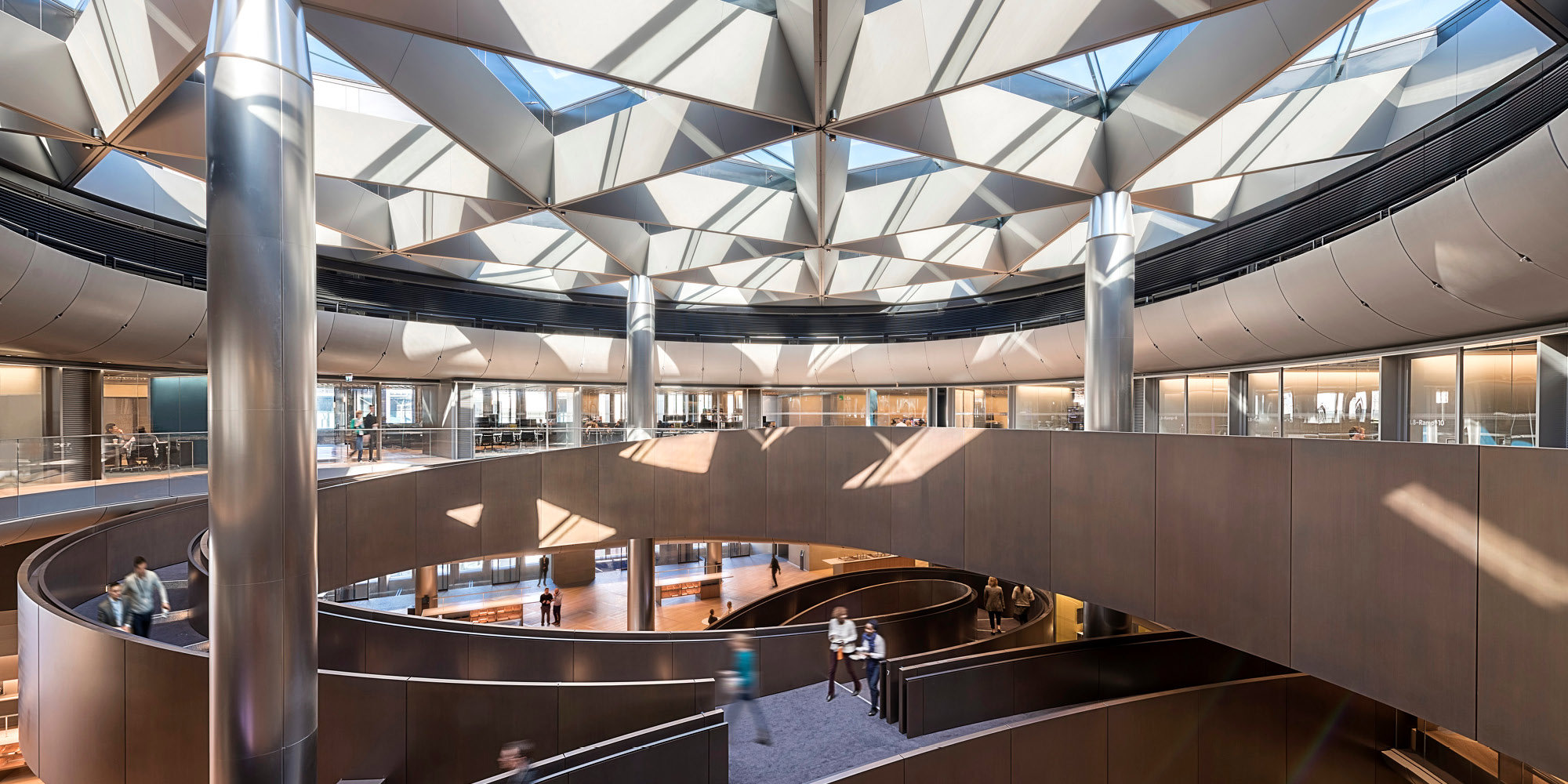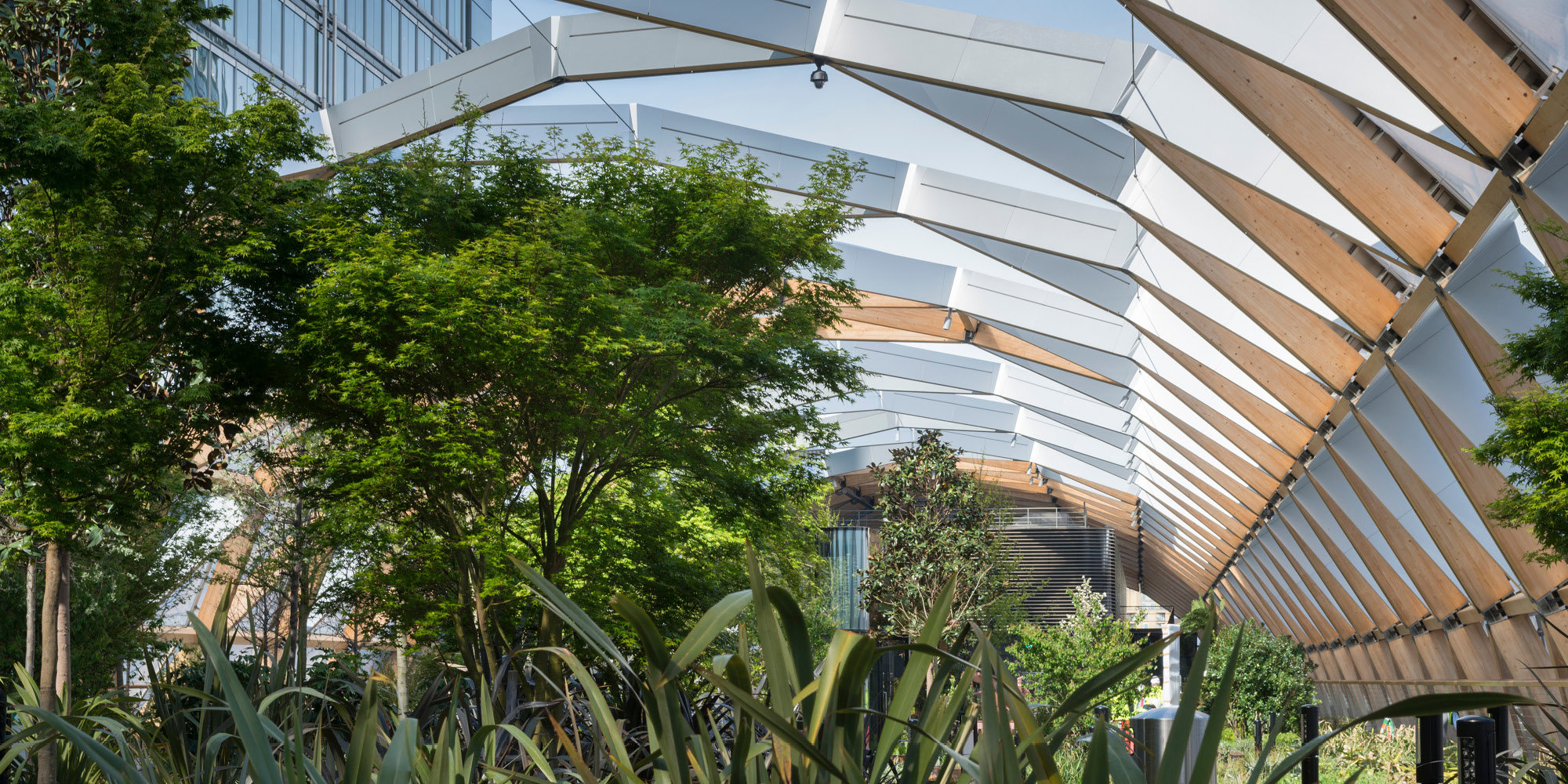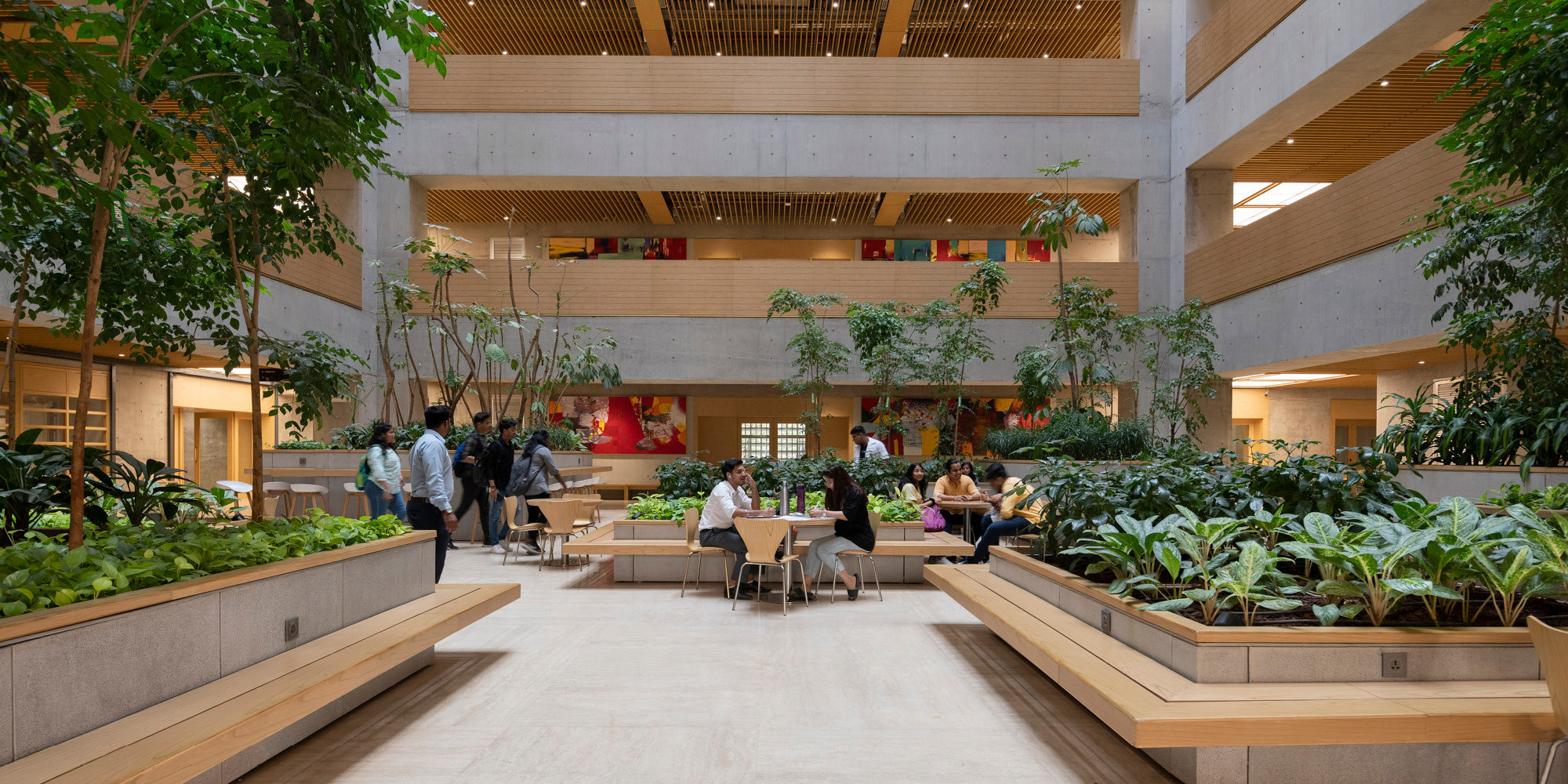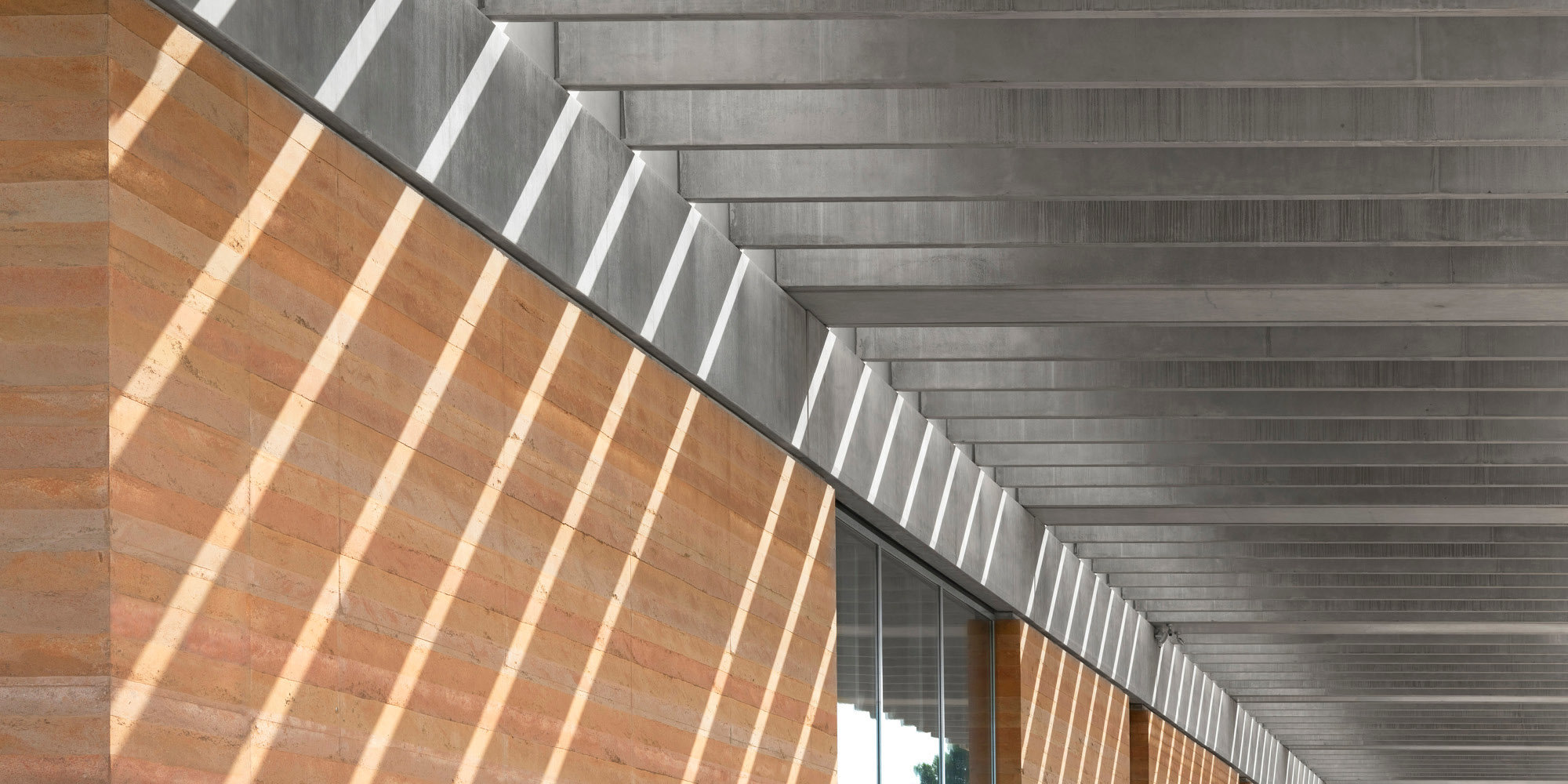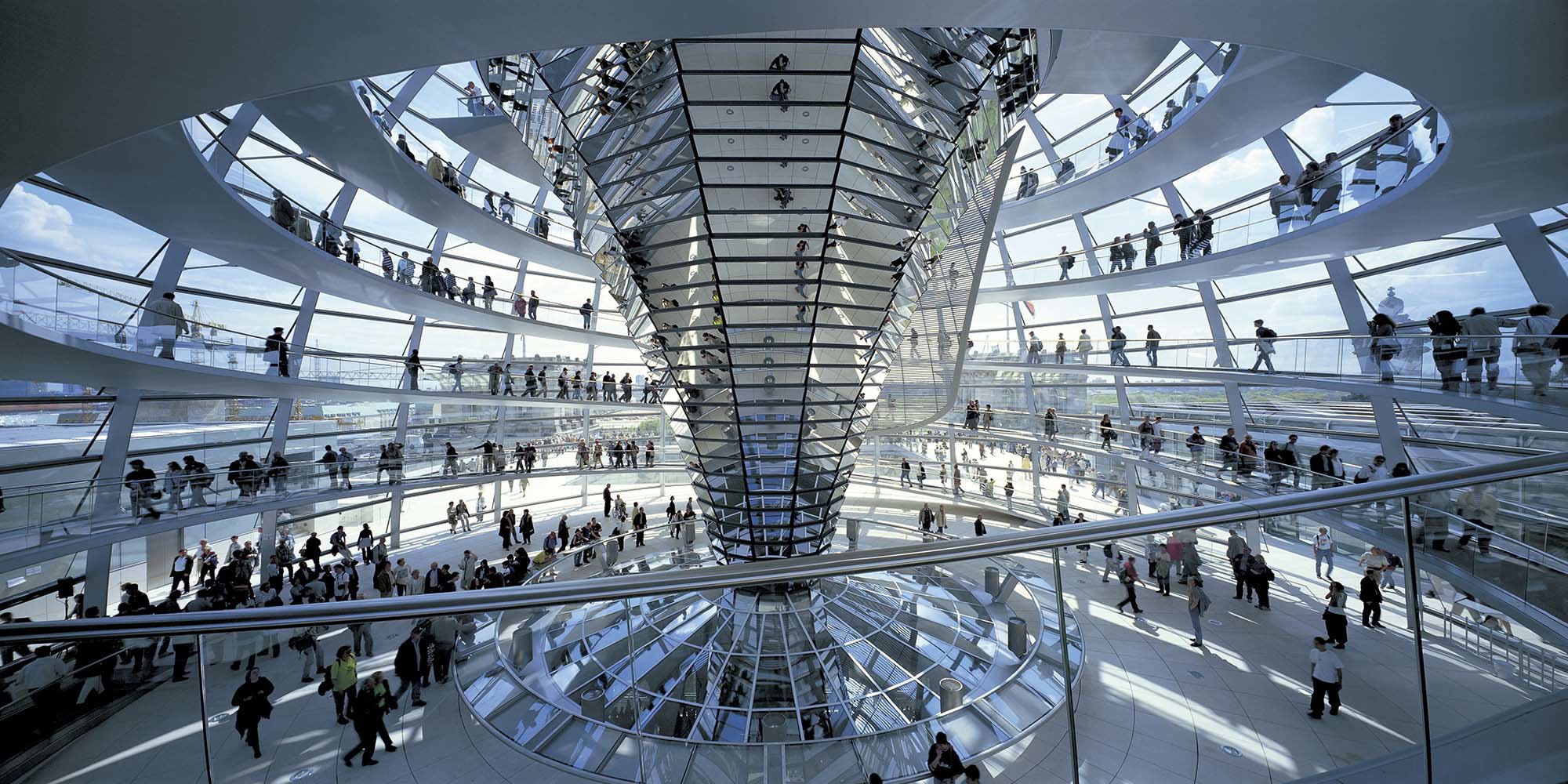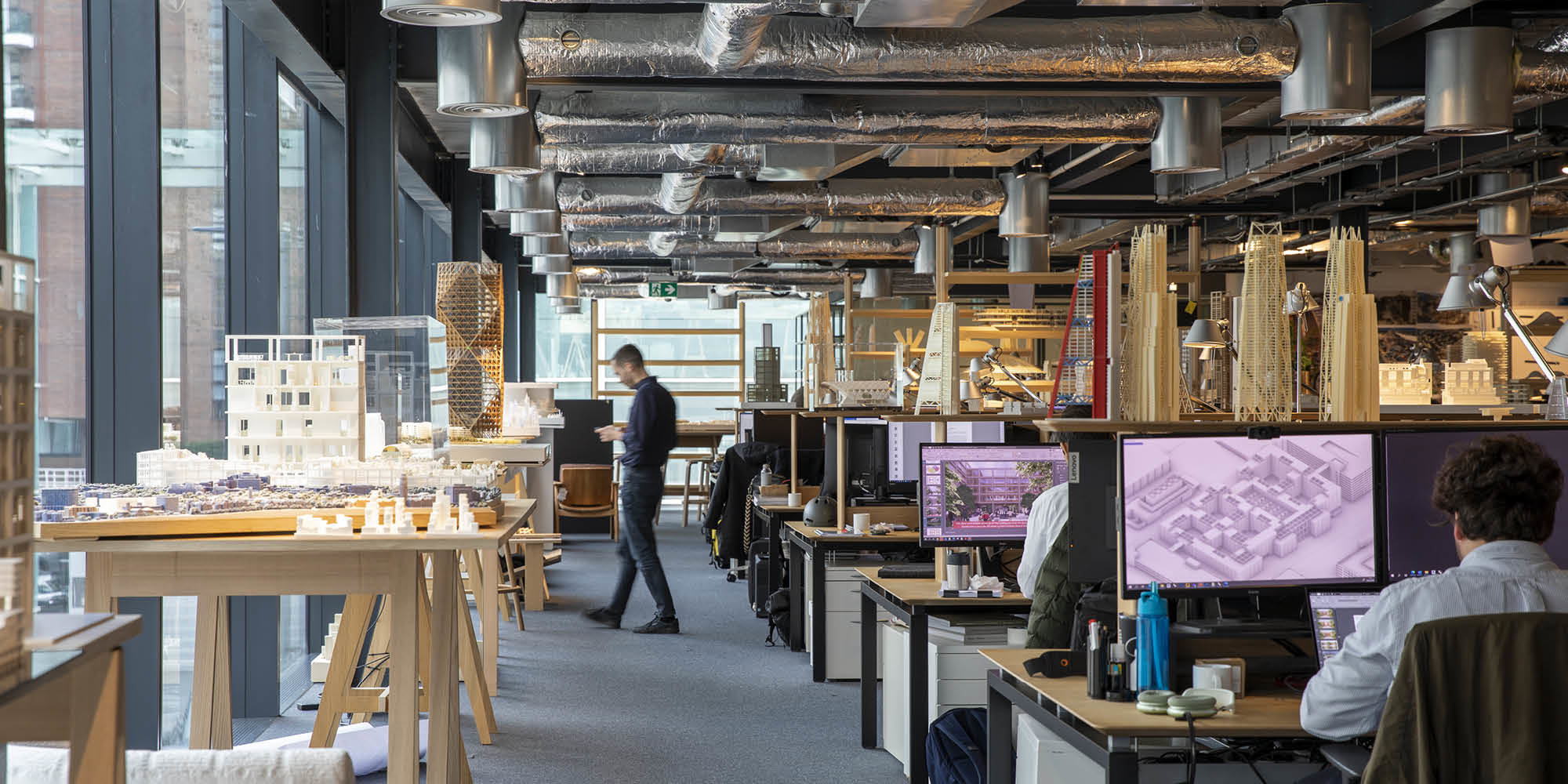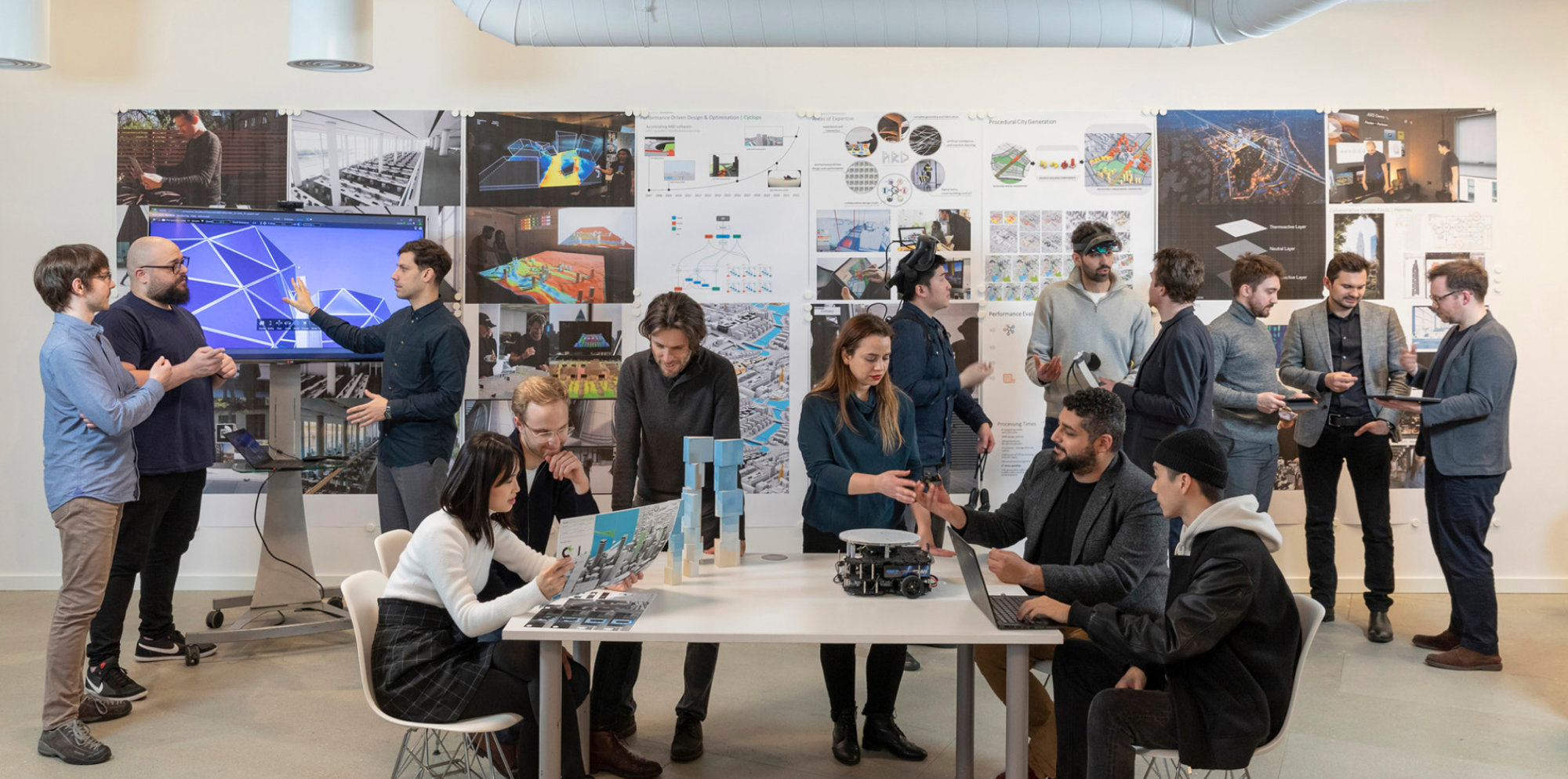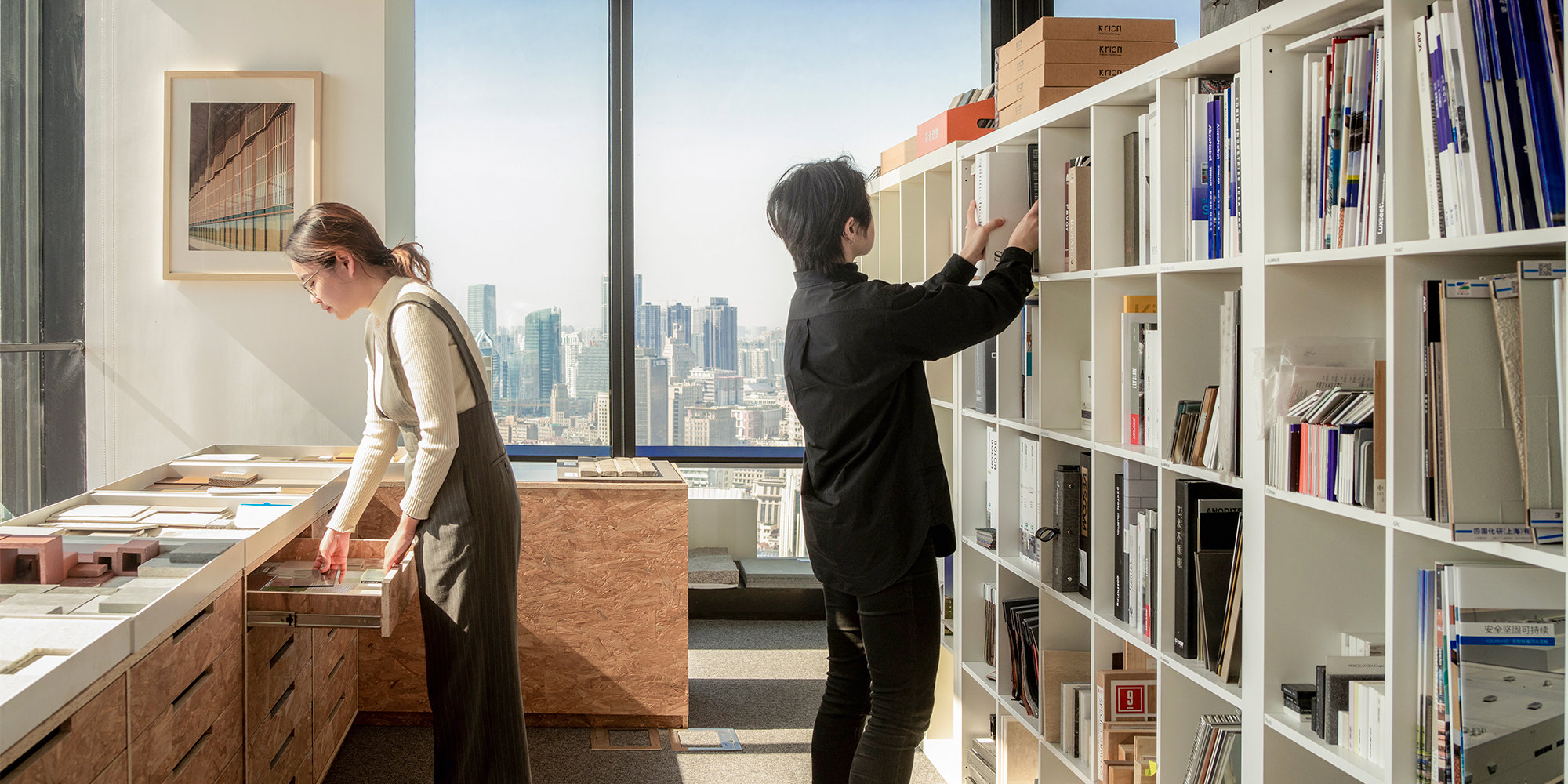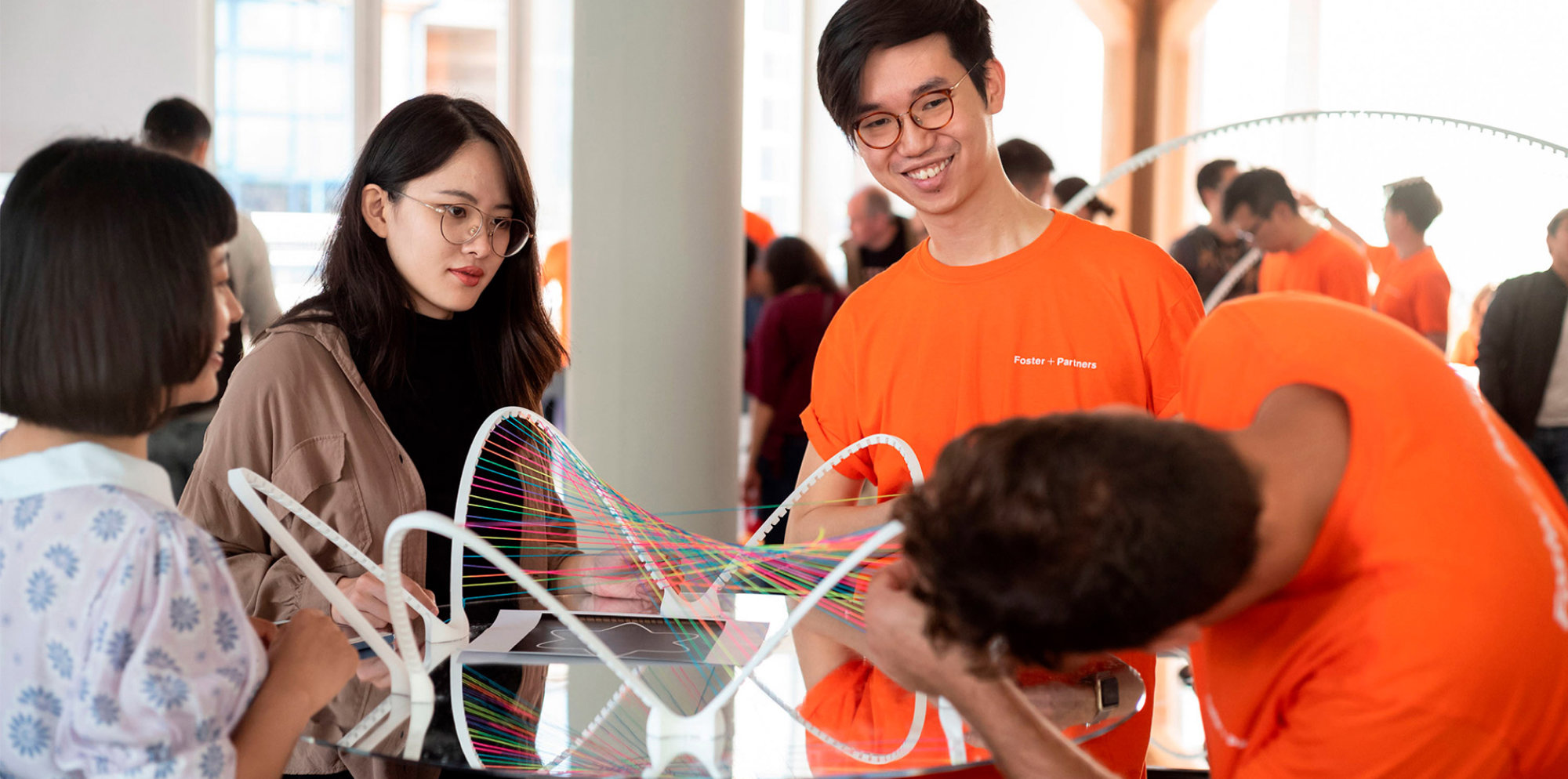The Column gives you the opportunity to ask our experts about their work, and how it shapes the built environment.
Last month, you submitted your questions for Suzan Ucmaklioglu, who is an Inclusive Design Specialist at Foster + Partners. Suzan leads the practice’s Inclusive Design Team, which is a specialist team within the Technical Design Group. The team is championing an evolution from architecture’s compliance-focused accessibility model to an approach that is shaped by people-centred design and lived experiences.
Suzan answers your questions about when inclusive principles are incorporated within the design process, how technology is helping to create more accessible spaces, and some of the common misconceptions about inclusive design.
